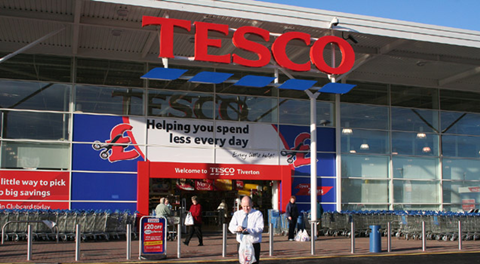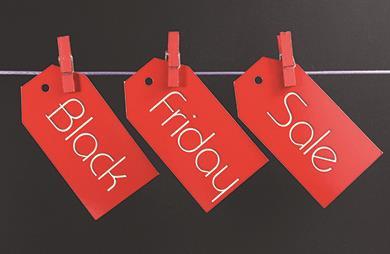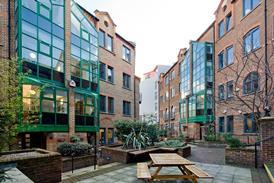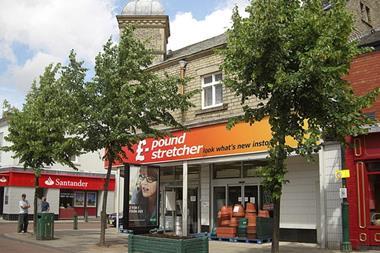By Stephen Springham, head of retail research, Knight Frank

Surprisingly strong retail sales figures for November played second fiddle to inflation figures in the media last week. Plenty of ‘shock horror’ sentiment that inflation hit a six year high of 3.1% in November, precious little of the fact that retail sales grew by 4.6% despite a very demanding year-on-year comp. Both sets of figures need putting into context.
Three points to flag on the inflation front:
- CPI and Shop Price Inflation are not one and the same.
- CPI is now at its peak and will start to recede.
- One year of inflation has not offset nearly three years of price deflation that went before.
On the first point, the two key drivers highlighted were airfares (nothing to do with retail) and computer games (hardly a large retailing sub-sector). Admittedly, foodstores were also above the headline number (3.6%), but non-food stores were considerably lower (2.4%) and inflation in department stores lower still (2.0%).

On the second point, price increases on the back of Sterling’s depreciation are now annualising and dropping out of the equation, so this is likely to be a high water mark before we start to see inflation easing. And to put the third point into layman’s context, most retail goods are still cheaper now than they were in 2012/13, before the deflation spiral set in.
After a lacklustre October, retail sales showed a surprising rally in November. Retail sales values (exc fuel) grew by 4.6% year-on-year. Stripping out inflation, volumes were still up by 1.5%. Both figures are exceptional given the strength of the comparable month last year (values +5.8%, volumes +6.6%).
Those attributing the positive uplift to Black Friday are probably barking up the wrong tree.
Two of the wider Black Friday trends we previously identified are manifest in the minutiae of the data, namely that it was much more of an online event than an in-store one (online accounted for 20% of retail sales in November) and is increasingly electricals-dominated (sales were up 8.4% year-on-year). But really the key driver was a strong performance by the food sector, which enjoyed year-on-year growth of 3.5% in November, despite very half-hearted embrace of Black Friday amongst the major grocers.

Naysayers will no doubt interpret the positive outturn for November as a one-off spike, where spend has simply been brought forward from December (as we saw in 2015). Time will tell if this is true, but there are still reasons to be more optimistic.
The ONS figures only run to 25 November, so include Black Friday itself, but exclude Cyber Monday and a therefore a significant proportion of the elongated ‘Black Friday Period’. Anecdotal evidence from other 3rd party data providers and some retailers are suggesting that this was actually a much stronger trading period than Black Friday itself – if so, this will come through in the December figures.
We would also expect food sales to really kick in as the month progresses and this will have a positive impact on the overall headline growth numbers. However, to strike a note of caution, growth is likely to be much harder to come by on the non-food side and many operators will be finding the going very tough.
As we’ve argued before, Christmas 2017 may be less about the hard numbers and more about the bigger picture. And the bigger picture for 2018 is a very challenging one for retailers.






























No comments yet